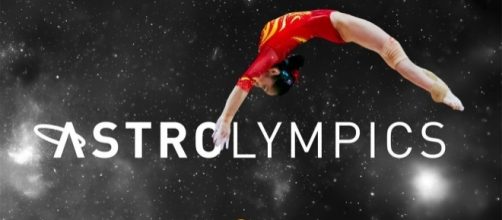In every edition of the Olympic Games, athletes amaze us with the remarkable accomplishments they conquer during a given sporting competition. They usually accomplish a sports event with high standards of performance. Athletes usually run faster than in previous sport bouts, jump higher, perform with optimum strength and spin quicker too. These sport accomplishments amaze the general public. In space, astronomers discover new objects that spin or move at high speeds and show other incredible physic characteristics that are incredible to digest.
What do sports and space have in common?
Athletes, many everyday items ion earth and objects in space share a common characteristic. They all are driven by motion, in other words, they´re matter in motion. Whether it´s an athlete who is running the 1000 meter track race or the particles expelled by a dying star in a supernova explosion, the physics of motion are similar. The spinning of an athlete throwing a weight and the spinning of a Neutron Star-pulsar, also share the same law of physics.
Faster, higher, stronger
The Summer Olympic Games gives us the opportunity to witness the human physical capabilities. In every edition of the Olympics, the human capacity is taken to the extremes and new records are attained in varied sports disciplines.
These set of sporting accomplishments has no end, as year after year, new feats demonstrate that there are no limits for human physical capacities. Astrolympics permits one to recognize the value of these human capacities and then appreciate those attained in the confines of space.
A gymnast rotation
The unit for measuring speed of revolution is RPM (hertz). A gymnast usually reaches a speed of 90 RPM (1.5 Hertz) in a back flip in mid-air, which is not too fast; however, it´s a great feat considering the physical move. For comparison, a skater may spin at a rotational speed of 3000 RPM (50 Hertz), which is faster. In our solar system, the earth spins at a rate of once every 24 hours, while the sun spins once every 25 days.
A neutron star might rotate at a spin of 1800 RPM (30 Hertz), which is a little less than the Olympic ice skater; however, given its size of 16 km (10 miles) wide, results in an astonishing statistic.
Astrolympicsoffers a great opportunity to observe some of the most remarkable human physical accomplishments and then compare them to the astronomical bodies in the universe and their remarkably outstanding physics.

